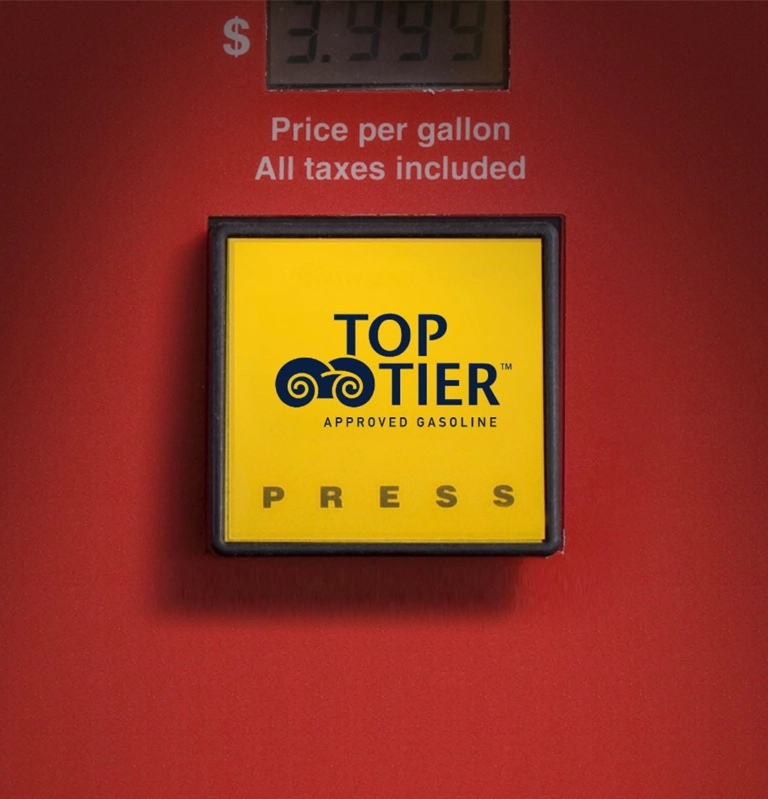Following up, I did some testing and have my own conclusions. You are free to have different ones, but this is what I found so far.
Cruising the highway at "normal" speeds to 80 mph, it makes no difference in performance.
Around town, especially in the 0-40 range, an octane boost is noticeable.
I always use top tier and the station I use most has 87, 89, 93 available. My first test was to put in 93 and yes, did not take long to see a difference. Is it real or my imagination. So, next tank was 87 as usual. The first couple of days, I was not sure but they I did notice when the light changed, it was not as responsive. Used about half the tank and topped it off with 89. No real difference with the mix that would have been close to "88" or so.
Ran the tank down again, topped it off with 93. This brought it up to about "90to91" or so. Yes, there is a difference.
So, what will I do in the future? Using 93 all the time would cost me about $230 for my travels. If going on a long trip that I do once or twice a year, 87 is good since it is all highway. For my everyday around town, I will be using at least a 50/50 mils of 87 and 93 but with a tilt toward the 93 if not sure. Pulling away on the low end, gears 1-3, it is a noticeable and good difference. Yes, I'm willing to spend $100 or a bit more a year for it. The price difference today was 80 cents a gallon.
Try some premium if you have not all ready. You may like the change.






